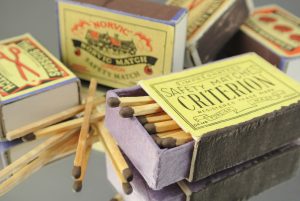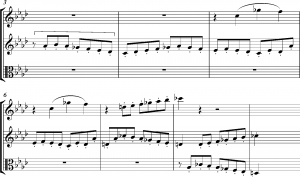A note from Genemech CEO Maximilian Benetton, as provided by Paul Alex Gray
Art by America Jones
Twenty years ago, I used genetically modified killer bees to wrest control of Genemech. I freed the company from the constraints of unambitious founders, government regulation and ethics oversight.
Today, Genemech is a global ideas factory, with operations spanning the globe. We have generated incredible profits through the development of robot soldiers, bio-engineered babies, and displacing the need for smelly human labour. We’re well on our way to achieving our vision–a society where the intelligent elite can rule the world.
This summer, my cyborg eight-year-old son Atlas came up with a brilliant idea: on-demand drug-testing drones. He built a prototype from plastic and metal he found on the beach. He spun up a website, designed a logo, and ran a guerilla marketing campaign, leveraging social influencers from Beijing to Bogota. It was a great learning experience, and although the drone had a false positive rate exceeding 30%, it also found several offenders, informing law enforcement and excluding unsuitable individuals from the workforce.
When third grade began, however, Atlas’ schedule became too busy with the same old stuff. Writing essays and taking tests. I saw his motivation for his startup ‘BUSTR’ fade, and a planned V2 model was abandoned. As a parent, it was disappointing, but I came to understand why it happened.
Education has failed.
I kicked off a stealth project inside Genemech. Our best designers, engineers, and dreamers ran a beta program on the company’s South Pacific island HQ, Isla Salvador. Today, we’re announcing the launch of Genemech’s School for The Future, the next evolution in education, designed to create the industrialists of the future.
We call it Eduspiration.

We utilize a hypothesis-based approach, believing that kids need to dream big, and not be constrained in testing their ideas–however extreme.
To read the rest of this story, check out the Mad Scientist Journal: Summer 2019 collection.
Time’s person of the year in 2034, Dr Maximilian Benetton is widely recognised for his work to redefine the destiny of mankind. Dr. Benetton wrested control of Genemech in November 2019, when he used an army of Giant Death Bees to force the company’s weak and unambitious founder, Dr. Mackenzie Cooper, into exile on Moon Base Alpha. This ushered in a new era of innovation at Genemech, where he led initiatives to engineer a new humanity–one where the smartest, richest, and most cunning could take their rightful place in ruling the world. Outside of work, Dr. Benetton enjoys creating genetic animal hybrids such as Orca-Wolf and Scorpio-Shihtzu, and watching live-streamed footage of Executor Drones.
Paul Alex Gray writes linear and interactive fiction starring sentient black holes, wayward sea monsters, curious AIs, and more. His work has been published in Nature Futures, Andromeda Spaceways, PodCastle, and others. Paul grew up by the beaches of Australia, then traveled the world and now lives in Canada with his wife and two children. On his adventures, Paul has been a startup founder, game designer and mentor to technology entrepreneurs. Chat with him on Twitter @paulalexgray or visit www.paulalexgray.com.
America is an illustrator and comic artist with a passion for neon colors and queer culture. Catch them being antisocial on social media @thehauntedboy.
“Announcing Genemech’s School for The Future” is © 2019 Paul Alex Gray
Art accompanying story is © 2019 America Jones


 Guest Post by Trish Heinrich
Guest Post by Trish Heinrich


 The Great Faerie Strike
The Great Faerie Strike
